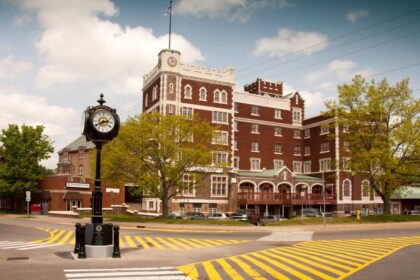Louis Pasteur was a French biologist, microbiologist and chemist known for his discoveries of the principles of vaccination, microbial fermentation and pasteurization. He’s also known for his breakthroughs in the causes and prevention of diseases. Take a look below for 30 more fascinating and interesting facts about Louis Pasteur.
1. Pasteur reduced mortality rates from puerperal fever, and created the first vaccines for rabies and anthrax.
2. His medical discoveries provided direct support for the germ theory of disease and its application in clinical medicine.
3. He’s best known to the general public for his invention of the technique of treating milk and wine to stop bacterial contamination, a process now called pasteurization.
4. Pasteur is regarded as one of the three main founders of bacteriology, together with Ferdinand Cohn and Robert Koch, and is popularly known as the “father of microbiology.”
5. Pasteur was responsible for disproving the doctrine of spontaneous generation.
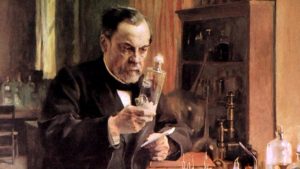
6. He performed experiments that showed that without contamination, microorganisms couldn’t develop.
7. Under the auspices of the French Academy of Sciences, he demonstrated that in sterilized and sealed flasks nothing ever developed, and in sterilized but open flasks microorganisms could grow.
8. Although Pasteur wasn’t the first to propose the germ theory, his experiments indicated its correctness and convinced most of Europe that it was true.
9. Pasteur made significant discoveries in chemistry, most notably on the molecular basis for the asymmetry of certain crystals and racemization.
10. Early in his career, investigation of tartaric acid resulted in the first resolution of what is now called optical isomers. His work led the way to the current understanding of a fundamental principle in the structure of organic compounds.
11. He was the director of the Pasteur Institute, established in 1887, until his death, and his body was interred in a vault beneath the institute.
12. Historical reassessment of his notebook revealed that he used deception to beat his rivals.
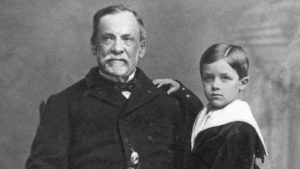
13. Pasteur was born in Dole, France, to Jean-Joseph Pasteur and his wife Jeanne-Etiennette Roqui on December 27, 1822. Two of his younger sisters died at the age of 25 and 26.
14. His father frequently told him, “if only you could become someday a professor in the College of Arbois I should be the happiest man on Earth.”
15. During his childhood, Pasteur had a peculiar interest in fishing, painting and sketching.
16. In 1831, he started elementary school in Arbois, where he was an average student but a gifted artist.
17. In 1840, he earned a B.A. from the College Royal de Besancon and was appointed the post of teaching assistant.
18. In 1844, he entered the Ecole Normale Superieure in Paris and received a B.S. in 1845, and in 1847, he submitted his these in chemistry and physics.
19. In his most important early work, he demonstrated the principle of molecular chirality, which has applications in several areas of chemistry.
20. He proved that microorganisms come from other microorganisms and do come from spontaneous generation.
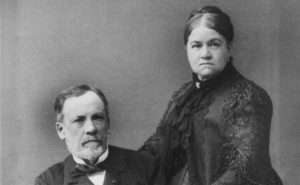
21. In 1848, he became a professor of chemistry at the University of Strasbourg and in 1854, he became dean of the faculty of sciences at Lille University.
22. In 1857, he became the director of scientific studies at the Ecole Normale Superieure, which is where he instituted a series of reforms to improve the standards.
23. Due to his harsh and autocratic style, two student revolts occurred during his tenure as dean at Ecole Normale Superieure.
24. He invented a process to heat milk, wine and beer to kill the microbes in them and prevent spoiling.
25. In 1862, the French Academy of Sciences offered the Alhumbert Prize to anyone who could prove or disprove the theory of spontaneous generation. Pasteur proved conclusively that germs could only come from other germs and won the prize and the 2,500 francs.
26. In 1865, the silk industry was in danger since two parasitic diseases were killing the silk worms. Pasteur discovered the microorganisms that were infection the silkworm eggs and that disinfecting the nurseries would stop the disease.
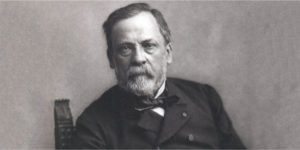
27. In 1870, his experiments proved that a weakened form of a disease could cause immunity to subsequent exposure to the causative agents.
28. He produced the first rabies vaccine and, in 1885, he used it successfully on a child that had been mauled by a rabid dog.
29. He met his wife, Marie Laurent, in 1849 at the University of Strasbourg, where he was a professor of chemistry. Laurent was the daughter of the university’s rector.
30. Pasteur had five children with Laurent. However, only two of the, survived childhood, as the other three died of typhoid.



